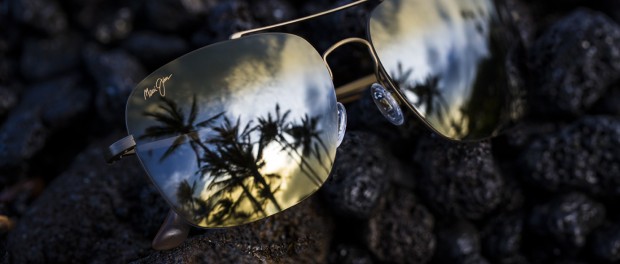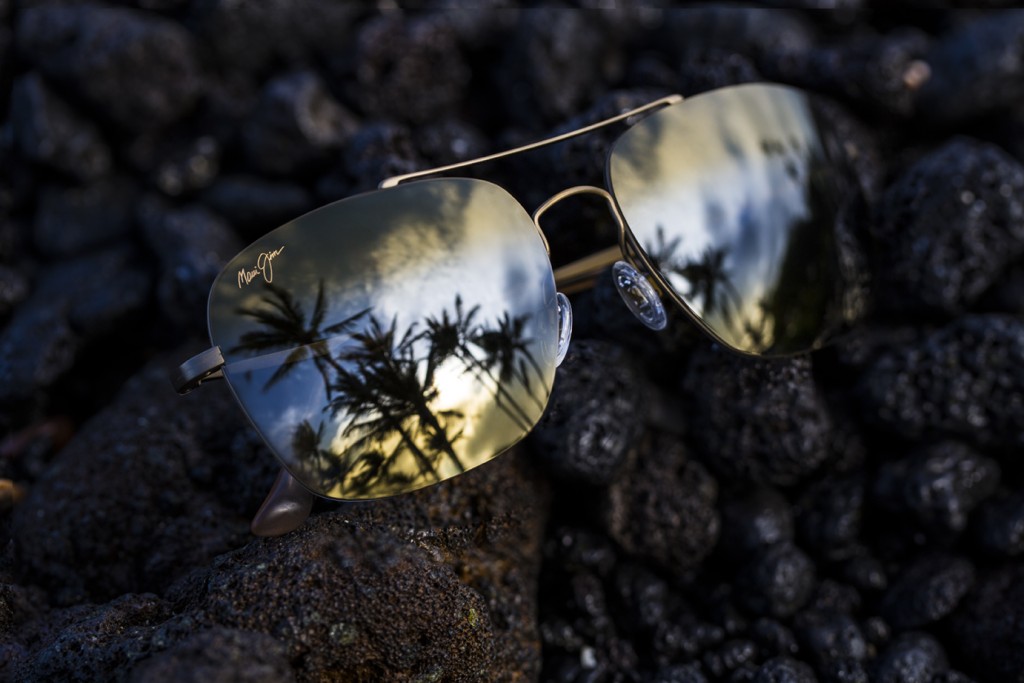Think all polarised sunglasses are the same? Think again.

Anyone who has tried a pair of polarised sunglasses can attest to the benefits they offer. Polarisation reduces glare, improves clarity and contrast and reduces eye fatigue. Driving in bright sunlight becomes easier. Your favourite beach view becomes clearer and more vibrant. All is right with the world when you have the right pair of polarised shades.
But is all polarisation the same? The answer is clearly no.
First, what is polarisation? As light is transmitted, its waves shoot off in all different directions. When those light waves happen to align in one particular direction, that light is considered polarised. For example, when light reflects off a shiny, horizontal surface, it becomes horizontally polarised and creates glare. By adding a polarised filter to sunglasses, they will allow in more of the clear, vertically polarised light, while reducing all that pesky horizontal glare.
 No doubt, polarisation is definitely a good thing when it comes to sunglasses. But what makes some polarised sunglasses better, not to mention more expensive, than others? It’s all about the quality of the polarised filter and technology used in its application. Some cheaper sunglasses claim to offer polarisation, but may only block out 10% of reflected glare. This is because their polarisation filter simply allows too much horizontal light to pass through the lens. Think of it like a pair of blinds on a window that just aren’t closed enough.
No doubt, polarisation is definitely a good thing when it comes to sunglasses. But what makes some polarised sunglasses better, not to mention more expensive, than others? It’s all about the quality of the polarised filter and technology used in its application. Some cheaper sunglasses claim to offer polarisation, but may only block out 10% of reflected glare. This is because their polarisation filter simply allows too much horizontal light to pass through the lens. Think of it like a pair of blinds on a window that just aren’t closed enough.
On other hand, a high-end pair of sunglasses with a quality polarisation filter can block out nearly all glare. Maui Jim, for example, touts their PolarizedPlus2® lens technology, which not only eliminate 99.9% of glare, but also features a patented blend of three rare Earth elements infused onto the lens itself. By enhancing red, green and blue light waves, this not only results in increased clarity and detail, but actually increases and balances the saturation of colours we see (while filtering out colours we can’t see that may cause interference).
So while any pair of polarised sunglasses can bring a little more clarity to your favourite activities, not all polarisation is created equal. And like most things in life, you get what you pay for. Differences in materials, technology and application can help you see the world in whole new light.





